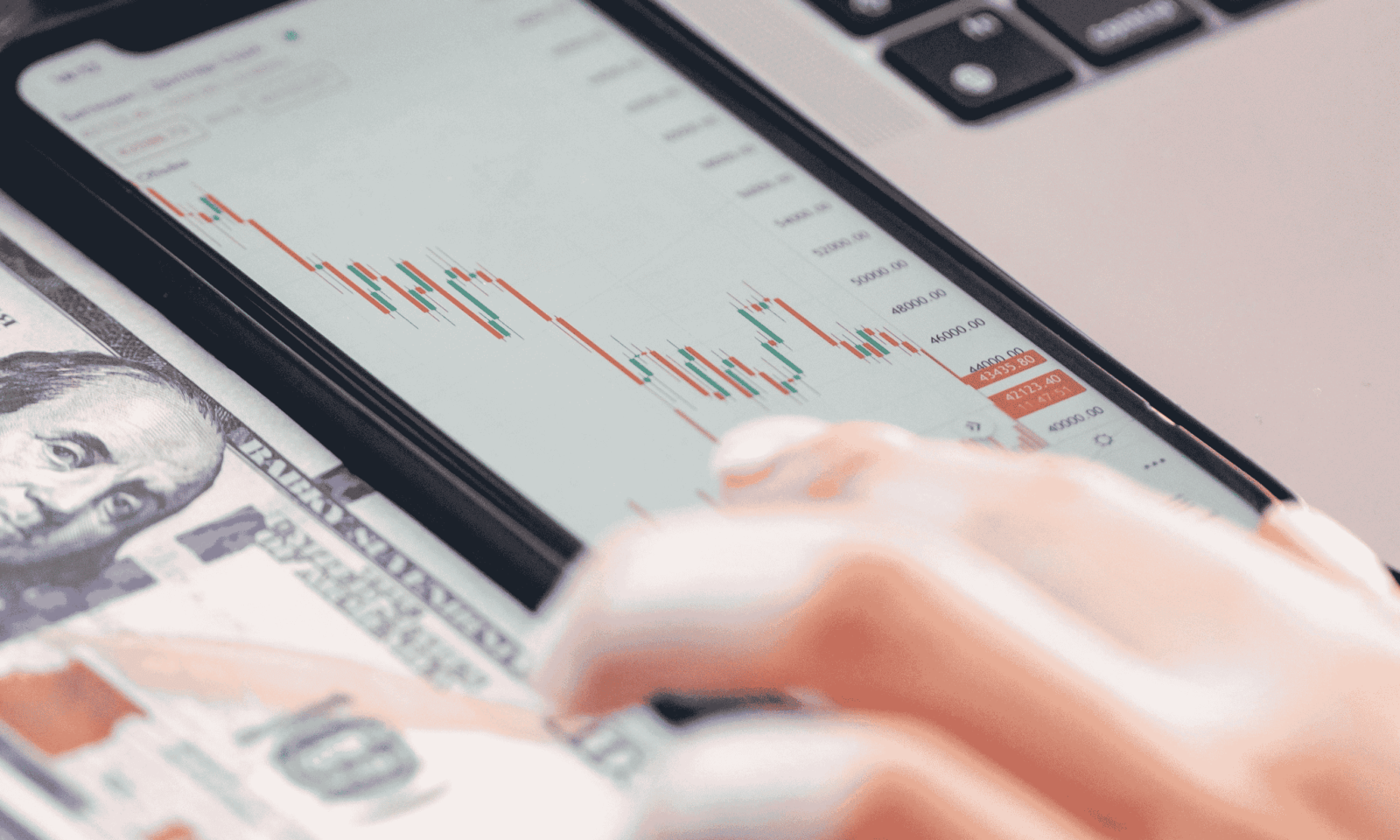In an unexpected turn of events, the U.S. dollar, which started 2025 on shaky ground, has staged a strong recovery. After months of speculation that America’s currency would continue to decline due to inflation, ballooning debt, and political uncertainty, the dollar has surged approximately 1.6% in July alone. For investors, businesses, and everyday consumers, this signals more than a temporary fluctuation — it reflects deep undercurrents in the U.S. economy, global trade, and the future of monetary policy.
Despite mounting geopolitical tensions and trade tariffs from rival economies, the U.S. labor market continues to defy predictions. In July, the Bureau of Labor Statistics reported an addition of 147,000 new jobs, with unemployment hovering around 3.9%, reinforcing confidence in the domestic market.
Coupled with consumer sentiment stabilizing and inflation cooling to 2.7%, these indicators have reassured markets that the U.S. Federal Reserve’s tightening policies are working. For months, investors were bearish on the dollar, expecting rate cuts as early as Q2. However, the strength of recent macroeconomic data has reversed sentiment, boosting demand for dollar-denominated assets.
According to a recent report in the Financial Times, the market is now pricing in a delayed rate cut, with many analysts projecting the first meaningful Fed pivot may come in late Q4 — if at all.
Why a Strong Dollar Matters Globally
When the U.S. dollar gains strength, it does more than make international vacations cheaper for Americans. It sends ripples through emerging markets, commodity pricing, corporate earnings, and sovereign debt.
For countries that borrow in dollars, a stronger greenback means higher repayment costs. Many emerging economies in Latin America and Asia are already bracing for tighter foreign debt servicing. Meanwhile, U.S. importers benefit from reduced costs of foreign goods, helping temper domestic inflation.
Exporters, on the other hand, may face headwinds. American-made products become more expensive overseas, potentially impacting sectors like agriculture, manufacturing, and tech hardware. But given the high resilience of the domestic market, this effect may be softened — at least in the short term.
Forex Traders and Long-Term Investors Reconsider Their Bets
At the start of 2025, many forex strategists were betting against the U.S. dollar, citing unsustainable fiscal deficits and looming political instability ahead of the elections. That narrative has changed rapidly. A shift in bond yields, with the 10-year Treasury hovering near 4.4%, and strong earnings from key U.S. companies have shifted global capital flows back into the dollar.
This rebound is significant in a world where currency diversification and digital assets have started challenging traditional safe-haven assets. Investors are rethinking allocations to dollar-based bonds, U.S. equities, and even real estate, especially with rising interest from Asian sovereign wealth funds and Middle Eastern investors.
What It Means for Businesses, Freelancers, and International Trade
For small businesses and remote freelancers who rely on cross-border transactions, the dollar’s rebound brings both opportunities and caution. If you’re a freelancer in Europe or Asia earning in dollars, your income just got a real-time raise. On the flip side, U.S.-based entrepreneurs sourcing goods or hiring talent overseas will enjoy more competitive pricing — at least temporarily.
This scenario makes it essential for international businesses to adopt dynamic currency hedging strategies. Tools like forward contracts and multi-currency wallets can help mitigate risks in such volatile environments. Platforms like Wise, Payoneer, and Revolut Business are increasingly used to navigate these fluctuations.
Implications for Central Bank Policy and the 2025 Elections
While the Federal Reserve remains committed to its 2% inflation target, the strengthening dollar adds an unexpected twist to the monetary policy debate. A stronger currency helps moderate inflation but may slow exports. Fed Chair Jerome Powell, under increasing scrutiny from political leadership, is now caught in a delicate balancing act.
Tensions between President Trump and Powell have escalated in recent weeks, with growing speculation that Trump may attempt to replace Powell if re-elected. The implications for Federal Reserve independence and global financial stability are significant. As reported by Business Insider, betting markets are already pricing in potential replacements, including Scott Bessent and Christopher Waller.
Investors will be closely watching the Fed’s Jackson Hole Symposium this August for clues on future policy moves and how the central bank plans to handle political pressures ahead of the 2025 U.S. presidential election.
Beyond domestic politics, the dollar’s rebound intersects with a broader trend of global financial fragmentation. The Bank for International Settlements (BIS) recently noted that “the world economy is at a pivotal moment,” with rising protectionism, reshoring of supply chains, and competing reserve currencies reshaping the global financial order. (Reuters)
While BRICS nations accelerate efforts to trade in local currencies and develop alternative payment systems, the dollar remains entrenched as the dominant global settlement medium. This episode of strength reaffirms its importance — but also highlights the risks of overdependence, especially for developing nations lacking diversified reserves.
Currencies often reflect confidence as much as fundamentals. The dollar’s resurgence isn’t just about inflation data or labor markets; it’s a signal that investors worldwide still see the U.S. as a safe, dynamic, and relatively stable economy — despite political theatrics and structural debt concerns.
For investors, the lesson is not to follow short-term narratives blindly. For governments and businesses, it’s a reminder of how deeply interconnected our systems are — and how a shift in perception can realign global financial flows almost overnight.
Whether you’re managing a portfolio, running a global team, or planning your next overseas trip, understanding currency dynamics in 2025 is no longer optional — it’s essential.









Leave a Reply